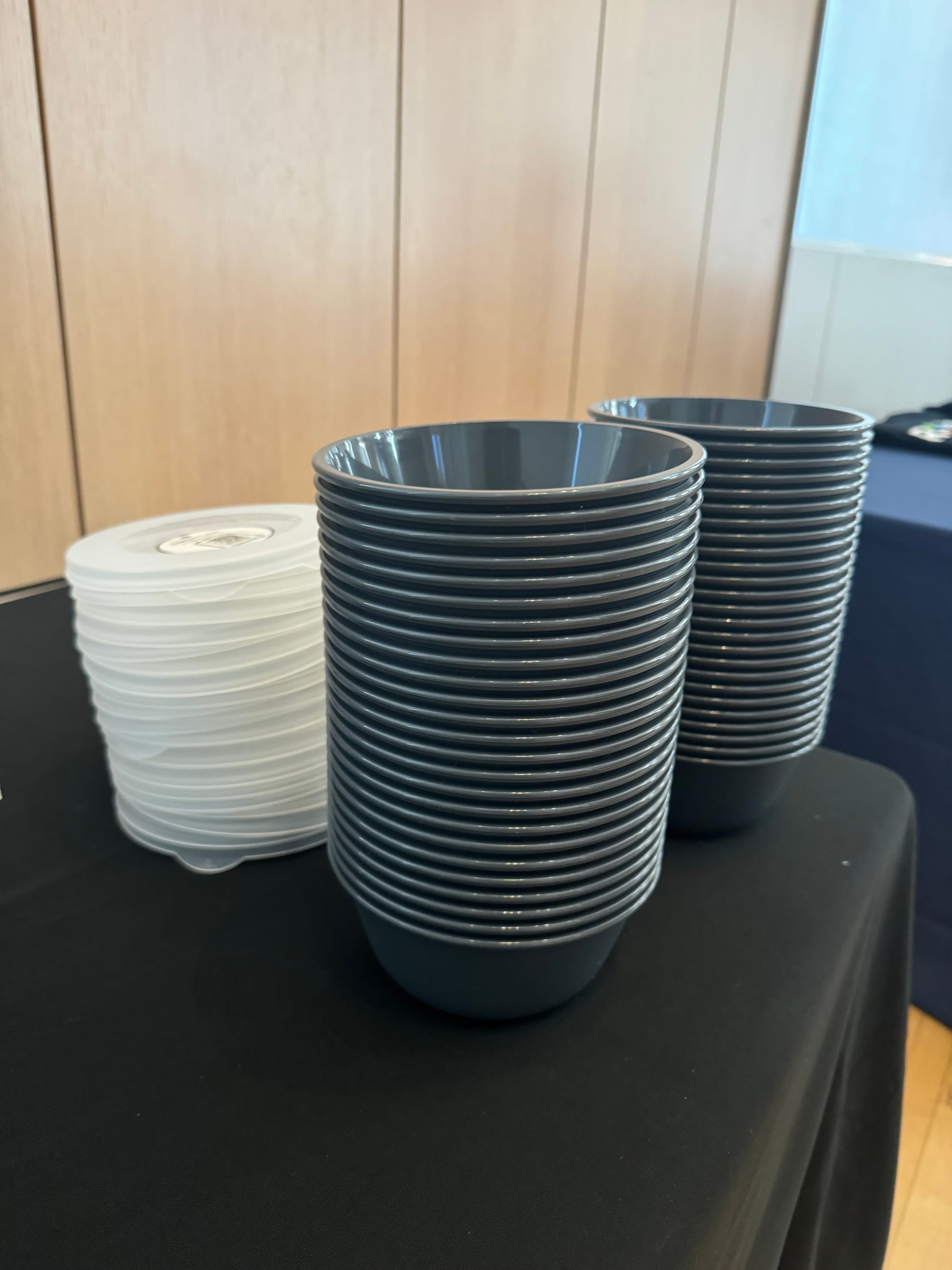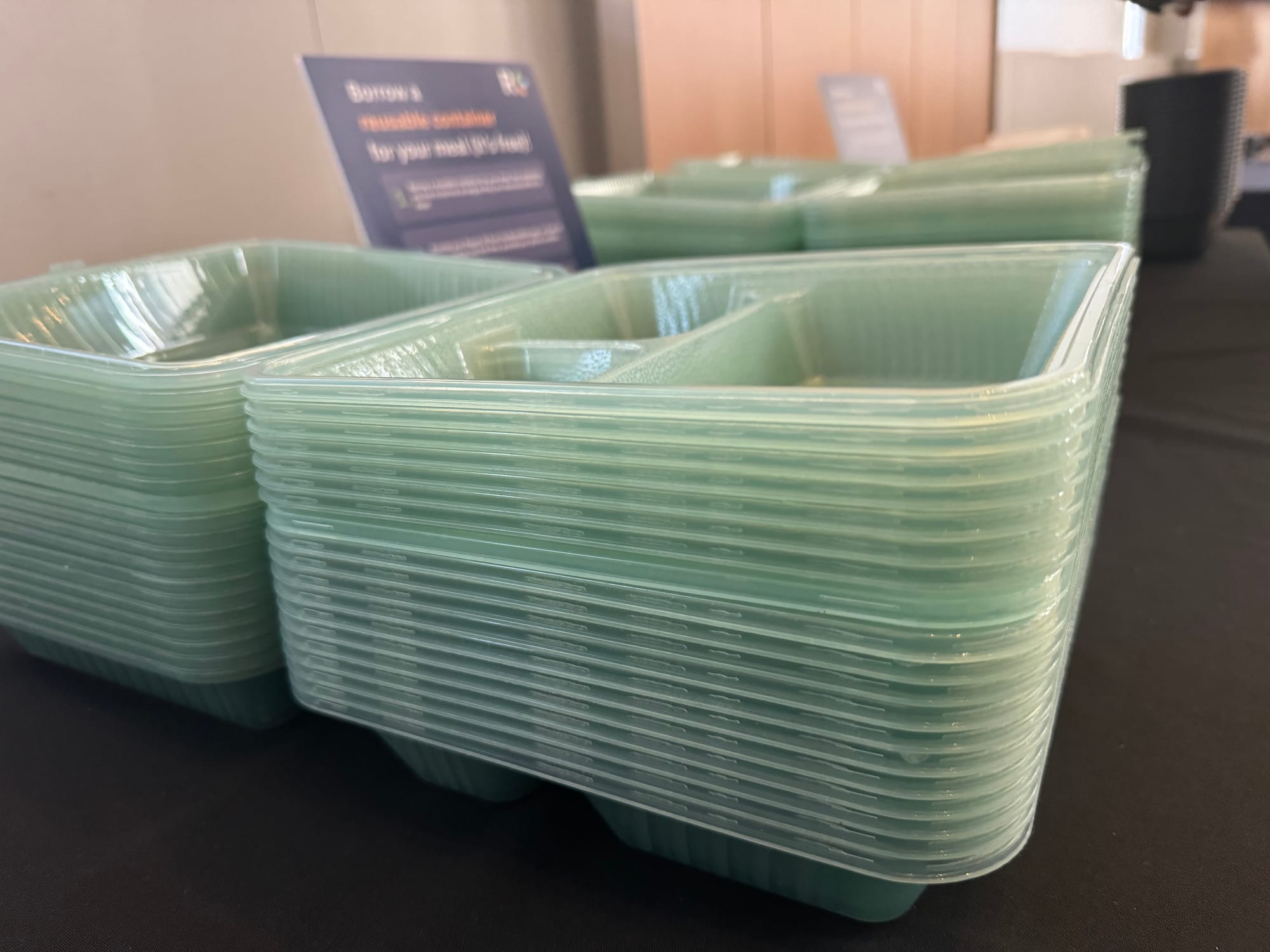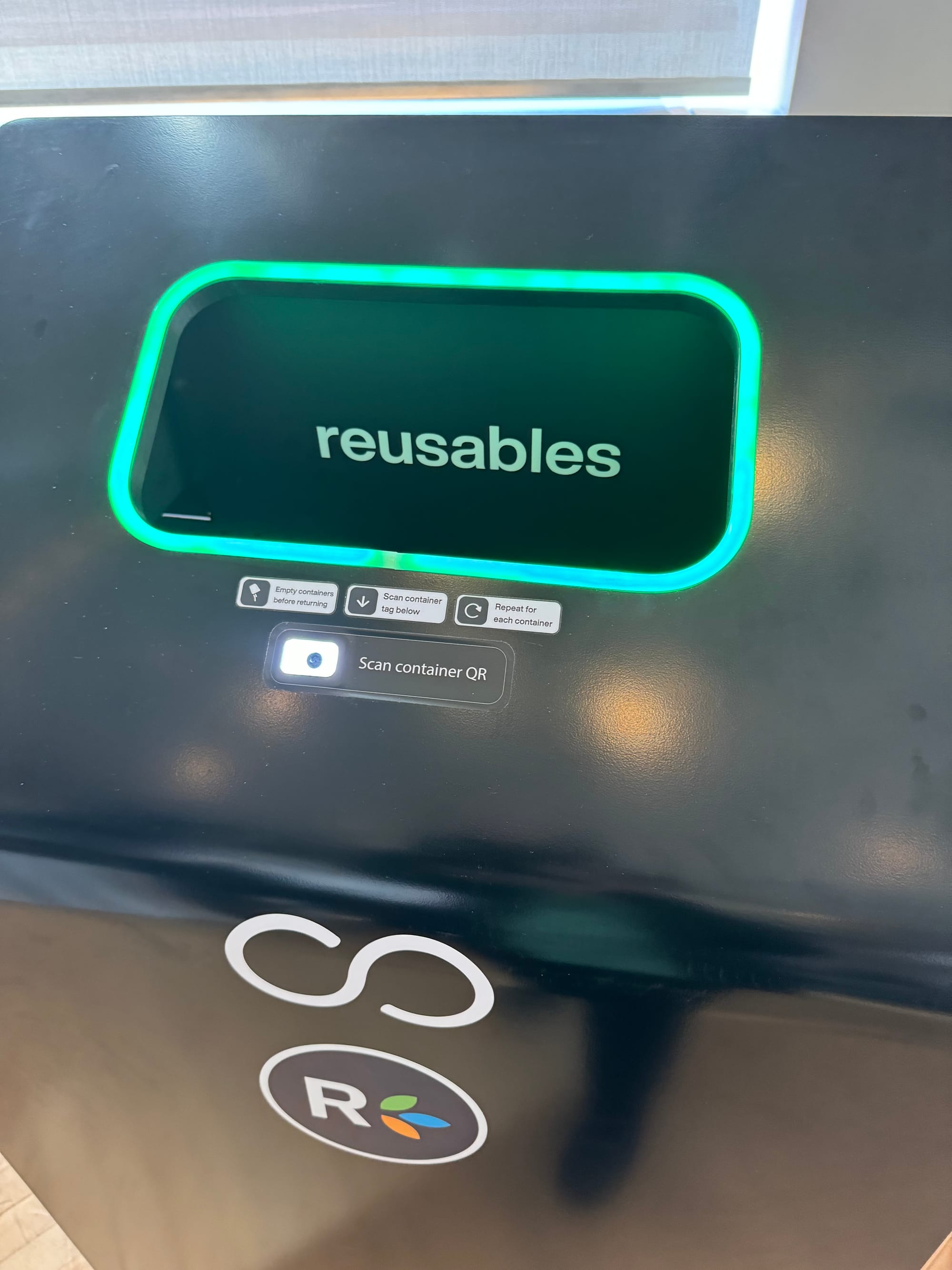Five years ago I wrote a series on “Healthy Ottawa” that included a column on reusable containers. It was before the pandemic and a few stores allowed customers to bring their own clean-and-empty containers like mason jars to buy certain items like bulk noodles or coffee beans or spices.
The pandemic put an abrupt end to that, of course. But even if it hadn’t, the issue with allowing people to bring their own containers for food is that it becomes difficult to guarantee food safety measures are observed. I’m sure you yourself are a very clean and conscientious person who would never bring a badly washed yogourt container to the bulk bin and contaminate shredded coconut with blue and fuzzy dairy mold. But we’re dealing with humans here, and, well, you can’t assume everyone is as sanitary as you are.
Also? While it’s cool to allow people to bring their containers to buy some harder-to-contaminate items in bulk, using reusables is hard to scale because few people are prepared to (or have time for) the commitment it takes to carry your own clean jars with you. There’s a reason single-use plastics were invented. They’re convenient.
My old 2019 column was in part about zero waste principles and NU, the first zero waste grocery store in Ottawa, owned and operated by the awesome Valérie Leloup.
It was only fitting that I’d catch up with Leloup last week for the announcement of the first reusable container pilot project.
Called “Reuse Ottawa,” the program aims to reduce plastic waste and serve as an example of a “circular economy” that encourages the reuse, repair, and recycling of containers, instead of creating more single-use plastic waste. It is being led by a group called the Circular Innovation Council, with support from the City of Ottawa and Environment and Climate Change Canada.
This is a system that can scale, and it makes me very happy indeed. Several retailers are cooperating on this, including Farm Boy, Sobeys, Metro and Walmart.
Here’s how it works. First you download the app, then you pick up the container you want. It’s free. You just need to scan the QR code so your app knows you have it. You have 14 days to return it to the bin (there are over 40 of them in this first stage of the project). The bin scans the same QR code before allowing you to drop the container you no longer need. It then gets cleaned and sanitized before returning to circulation.
If you somehow fail to return it within 14 days, you’ll get dinged a refundable $10 — you’ll have another 30 days to return the container to get your $10 back. The idea isn’t to punish you. The system is made to be as frictionless as possible so people use it without having to think about it very much. Oh, and if you’re the kind of good person who always returns their containers on time, you get rewards, too.



I was chatting with Jason Hawkins, the co-founder of reusables.com, after the presentation and he stressed how important having a “high-return” system was for this program to work. Everything is designed with this goal in mind, to make it easy for people to use and return those reusable containers.
I got to play with those containers a little bit and I must say they feel like a fantastic idea whose time has finally, after many long years, arrived. I look forward to testing those containers in the wild.




